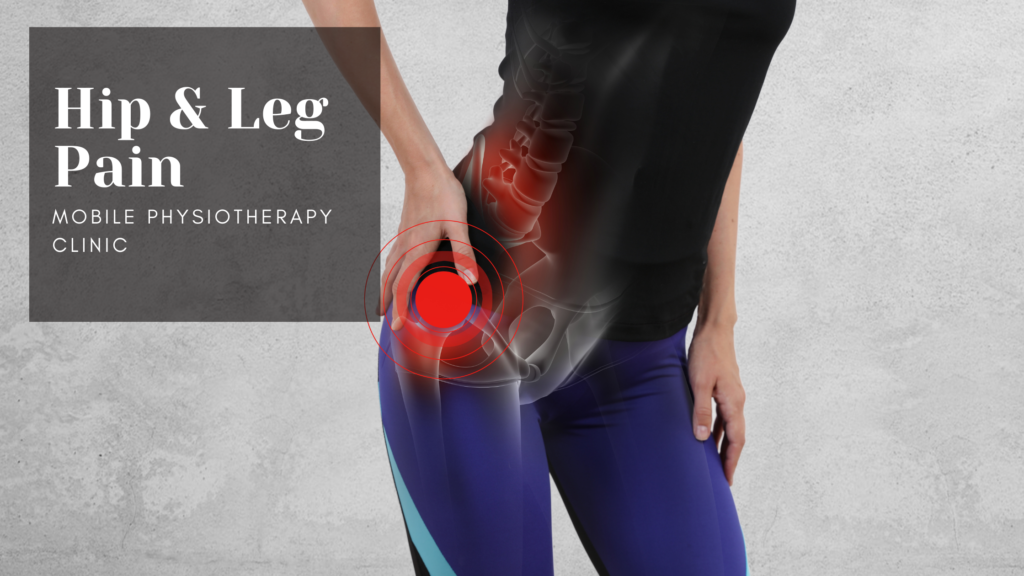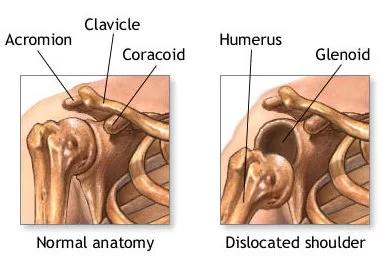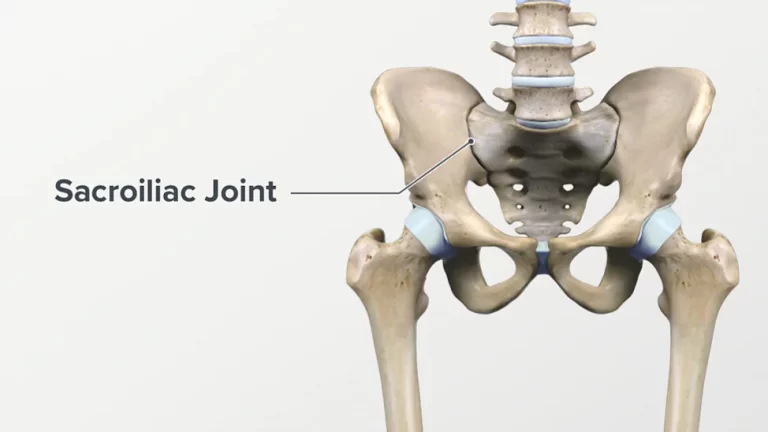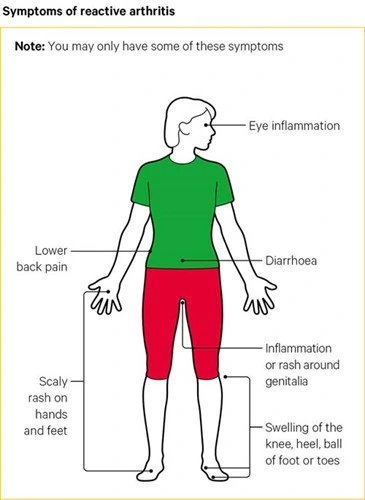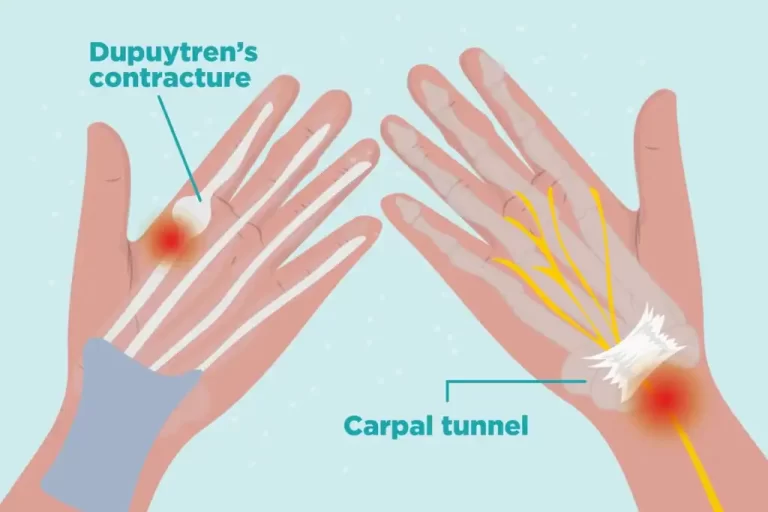5 Most Common Causes of Hip and Leg Pain
Hip and leg pain could be a debilitating part of many people’s lives. The hip joint is a large, weight-bearing joint that attach the leg bone to the pelvis. It is an extremely important joint, as it also allows the body to walk, sit, and run. The hip is a very strong structure, but still it can be damaged. When the hip joint or the related structures in the leg damages, the result is hip pain or leg pain that can move from acute to chronic if no necessary action is taken. Here is what you need to know about hip and leg pain causes, treatments, and more.
5 most common causes of hip and leg pain:
- Arthritis
- Tendinitis
- Dislocation
- Bursitis
- Sciatica
Arthritis
Arthritis refers to an inflammation of your joints. When the cartilage tissue that normally absorbs the shock on joints during physical activity begins to become worsen, you can be experiencing a type of arthritis.
Arthritis mostly targets people over 65 years old.
If you feel stiffness, swelling, or general discomfort around your hips that radiates to your legs, it may be a symptom of arthritis. Most common arthritis in the hip pain is osteoarthritis.
Treatment
There is no cure for arthritis. Instead, treatment is mostly focused on lifestyle changes and pain management to ease symptoms.
Tendinitis
Your hip is your largest ball-and-socket joint. When the tendons that attach the muscles to your thigh bone become inflamed or injured or irritated from overuse, swelling in the affected area or they can cause aches.
Tendinitis in your hips or legs could cause discomfort in both places, even during times of relaxation.
If you are active through sports or an occupation that requires repetitive movements, then you may be at an increased risk of tendinitis. It is also more common with age as tendons experience wear and tear over time.
Treatment
Tendinitis is often treated through rest and pain management. Your doctor can recommend the following R.I.C.E method:
- Rest
- Ice the affected area multiple times a day
- Compress the area
- Elevate both leg above your heart to reduce swelling
Dislocation
Dislocation commonly results from a blow to the joint that causes the ends of the bones to shift from its usual position.
Mostly a hip dislocates in a motor vehicle accident when the knee strikes the dashboard in front, causing the ball of the hip to be pushed backwards out of its socket.
While dislocation are often times experienced in the shoulders, knees, or fingers and our hip can also be dislocated, causing intense pain and can cause swelling that inhibits the movement.
Treatment
Your doctor will likely try to move the bones back into the proper position but sometimes requires surgery.
After a period of rest, you can also begin rehabilitating the injury to restore strength and mobility.
Bursitis
Hip bursitis is referred to as trochanteric bursitis and occurs when the fluid-filled sacs on the outside of hips become inflamed.
Causes of hip bursitis includes:
- Injury such as a fall or bump
- Bad posture
- Hip bone spurs
- Overuse of the joints
These are very common in females, but uncommon in males.
Symptoms may worsen when you are lying in the affected area for extended periods of time. Hip bursitis can cause pain when you are doing everyday activities that require pressure on your hips or legs, such as walking upstairs.
Treatment
Your doctor might tell you to avoid activities that can make the symptoms worse and recommend nonsteroidal anti-inflammatory drugs (NSAIDs), such as naproxen (Aleve) or ibuprofen (Motrin).
They might also recommend a cane or crutches and, if necessary, also a corticosteroid injection into the bursa. Surgery is needed in rare cases.
Sciatica
Sciatica often occurs as a result of a herniated disk or bone spur that then causes pain in your lower back and legs.
The condition is usually associated with a pinched nerve in the back. The pain can radiate, that can cause hip and leg pain.
Mild sciatica usually cures with time, but you should seek immediate medical attention if you:
- Cannot control your bowels or bladder
- Feel severe pain after an injury or accident
- Experience numbness or weakness in your legs
Loss of bladder or bowel control may be a sign of cauda equina syndrome.
Treatment
Your doctor will typically treat your sciatica with the goal of decreasing pain and increasing mobility.
If NSAIDS alone are not enough, they might prescribe a muscle relaxant such as cyclobenzaprine (Flexeril). It’s likely that your doctor will also suggest physiotherapy.
If conservative treatment is not effective, surgery can be considered, such as laminectomy or microdiscectomy.
Summary
Hip and leg pain are often the result of injury, wear, or overuse and tear over time. Many treatment options focus on managing pain and resting the affected area, but others may require additional medical attention.
If the pain worsens or persists overtime — or you experience symptoms such as immobility of your hip or leg, or signs of an infection — take medical attention immediately.

